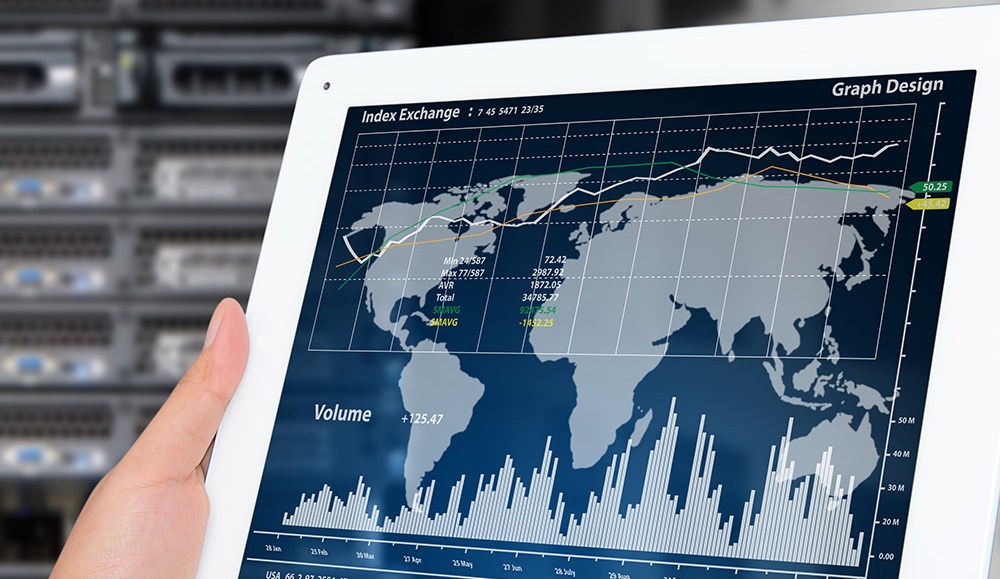Save 50% on a 3-month Digiday+ membership. Ends Dec 5.

Most publishers not named Turner don’t have the opportunity to just say no to programmatic ad buying. That means figuring out how to do it right.
Take Netherlands-based casual-games publisher Spil. After dabbling with exchanges, the publisher decided to shift its entire 20-person sales department to focus on programmatic ad sales.
It is relying heavily on supply-side platforms — Google’s Admeld and Dutch SSP Improve Digital — to automate as much of its selling as possible. The move was hastened by the fact that Spil’s games attract global audiences. The only way it could make money in most of these markets is through automation, the company concluded.
“The signs and the way the market is moving are so clearly going programmatic,” said Bas Seelen, Spil’s vp of advertising. “Whether it’s standard display, rich media or video, it would be foolish to keep believing in something we weren’t able to do well.”
Before entering the automated field, Spil ran typical standard display, but it also did a lot of special formats. But Seelen has been reading the tea leaves, and he believes the time is now to go programmatic, as automated buying makes buying and selling ads more cost-efficient and scalable. The prospect is even more appealing for a publisher like Spil, which attracts eyeballs from such a wide range of markets.
Spil owns 40 casual-game sites in pretty much every major language and boasts of reaching 200 million users around the world every month, with heavy usage in Latin America, Russia and India, as well as the United States. ComScore puts it at 7.7 million uniques in the U.S. For example, one of its sites, GirlsGoGames.com, gets 4.4 million uniques with games like “Sara’s Cooking Class,” where players can take different ingredients and make food.
As the media world becomes smaller, and international audiences grow larger, publishers need to eliminate inefficiencies on the sell-side, which means a growing wave of publishers gingerly tiptoeing into programmatic buying. Take, for example, The Guardian and The Daily Mail. While both U.K. publishers have made significant inroads in the U.S., they’re both taking cautious glances at RTB. Global audiences, while not meaning much to U.S. buyers, do mean something to global brands, and RTB is a way for those marketers to efficiently access those users.
Ad position: web_incontent_pos1
Part of the new programmatic ecosystem isn’t just remnant trading, he argues. Spil works with pretty much everyone, and Seelen says it’s seen programmatic success with Kellogg’s, Disney, Universal, Lego and Unilever.
He wouldn’t discuss pricing, but he did say that the company’s eCPM improved between 10 and 15 percent in the last year after going programmatic.
“We can target pretty well by having the games being played by users and implementing data strategy,” Seelen said. “We have a big chunk of audience that is female, so family-oriented advertisers spend money with us.”
Image via Shutterstock
More in Media

Digiday+ Research Subscription Index 2025: Subscription strategies from Bloomberg, The New York Times, Vox and others
Digiday’s third annual Subscription Index examines and measures publishers’ subscription strategies to identify common approaches and key tactics among Bloomberg, The New York Times, Vox and others.

From lawsuits to lobbying: How publishers are fighting AI
We may be closing out 2025, but publishers aren’t retreating from the battle of AI search — some are escalating it, and they expect the fight to stretch deep into 2026.

Media Briefing: Publishers turn to vertical video to compete with creators and grow ad revenue in 2026
Publishers add vertical video feeds to their sites to boost engagement, attract video ad spend and compete with news creators.
Ad position: web_bfu





